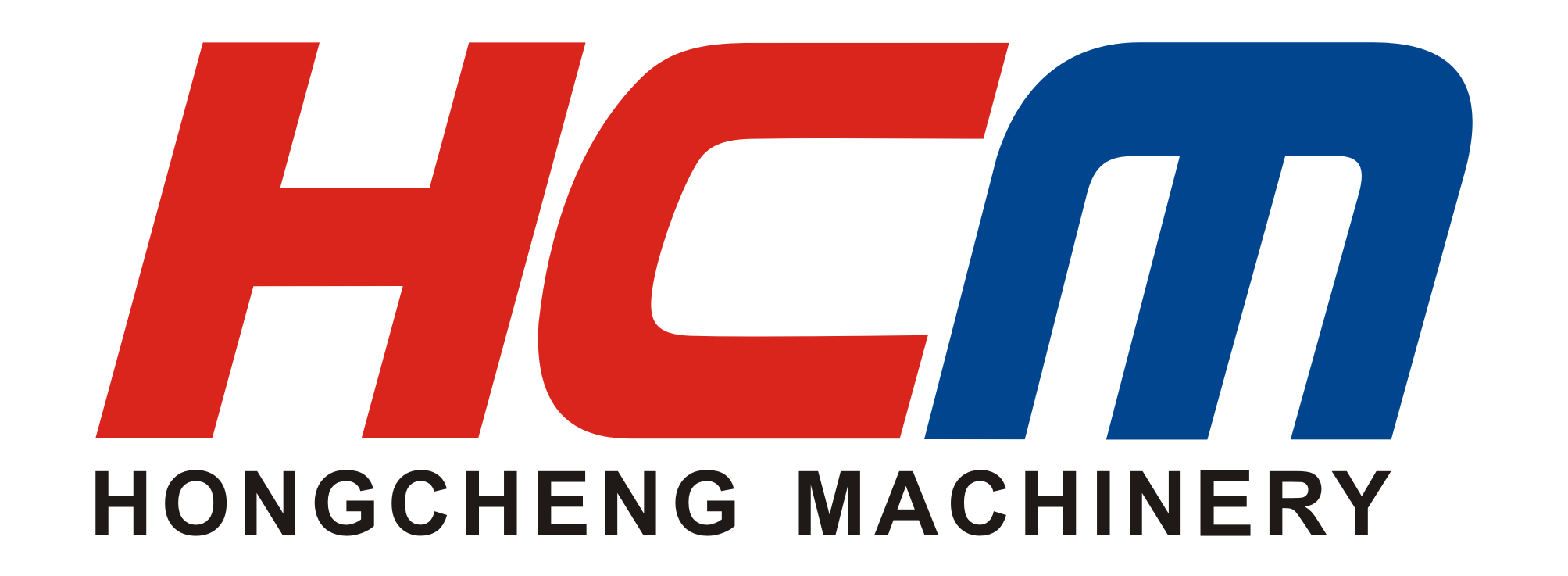
- all
- product
- blog
- all
- product
- blog
Petroleum coke processing
- 2022-01-14 15:57
- HCM
What is petroleum coke
Petroleum coke is a product that is converted from crude oil to light and heavy oil after distillation and separation of light and heavy oil, followed by thermal cracking of heavy oil. Blocks (or particles) with metallic luster, the particles of coke have a porous structure, the main element is carbon, accounting for more than 80wt%, and the rest are hydrogen, oxygen, nitrogen, sulfur and metal elements. Petroleum coke has its own unique physical, chemical and mechanical properties. It is a non-volatile carbon in the heating part. The indicators of volatile matter and mineral impurities (sulfur, metal compounds, water, ash, etc.) determine the chemical properties of coke.
Needle coke: With a pronounced needle-like structure and fiber texture, it is mainly used as high-power and very high-power graphite electrodes in steelmaking. Since needle coke has strict quality index requirements in terms of sulfur content, ash content, volatilization and true density, there are special requirements for the production process and raw materials of needle coke.
Sponge coke: high chemical reactivity, low impurity content, mainly used in aluminum smelting industry and carbon industry.
Projectile coke: It is spherical in shape and 0.6-30mm in diameter. It is generally produced from high-sulfur and high-asphaltene residual oil and can only be used as industrial fuels such as power generation and cement.
Powder coke: It is produced by fluidized coking process, with fine particle size (0.1-0.4mm in diameter), high volatile content and high thermal expansion coefficient, so it cannot be directly used in electrode preparation and carbon industry.
Uses of petroleum coke
The main application field of petroleum coke is the electrolytic aluminum industry, which accounts for more than 65% of the total amount of petroleum coke, followed by carbon, industrial silicon and other smelting industries. The use of petroleum coke as a fuel is mainly in cement, power generation, glass and other industries. , the proportion of which is small.
① The glass industry is a high energy consumption industry, and the fuel cost accounts for about 35% to 50% of the glass cost. The glass melting furnace is the equipment that consumes more energy in the glass production line.
② Once the glass melting furnace is ignited, it cannot be turned off until the furnace is overhauled (3-5 years). Therefore, fuel must be continuously added to ensure the furnace temperature of thousands of degrees in the furnace. Continuous production.
③ Petroleum coke powder is used in the glass industry, and the fineness is required to be 200 mesh D90.
④ The water content of raw coke is generally 8%-15%, and it needs to be dried before entering the mill.
⑤ The lower the moisture content of the finished product, the better. Generally, the dehydration effect of the open circuit system is better.

Petroleum coke milling process
Key Parameters of Petroleum Coke Grinding
Grindable coefficient(HGI) |
Initial moisture(%) |
Final moisture(%) |
>100 |
≤6 |
≤3 |
>90 |
≤6 |
≤3 |
>80 |
≤6 |
≤3 |
>70 |
≤6 |
≤3 |
>60 |
≤6 |
≤3 |
>40 |
≤6 |
≤3 |
Remark:
1. The parameter of the grindable coefficient of petroleum coke material is a factor that affects the output. The lower the grindable coefficient, the lower the output.
2. The initial moisture of the raw material is generally 6%. If the moisture of the raw material is greater than 6%, the dryer can be added or the mill can be designed with hot air to reduce the moisture to improve the output and the quality of the finished product.
Selection scheme of petroleum coke grinding mill
200 mesh D90 | |
Raymond mill |
Hongcheng Raymond Mill began to enter the petroleum coke milling industry in 2008, and its market share has reached more than 90% so far. Almost all the petroleum coke fuel projects launched in the past two years use our HC series grinding mill. |
Vertical mill |
At present, there is a 1250 type vertical mill in use. Since the equipment has not been upgraded for many years, it has been in a relatively old-fashioned vertical mill with high energy consumption. Customers mainly focus on the function of hot air ventilation of the vertical mill. |
Impact mill |
Before 2009, the market share was as high as 80%, and it has been gradually eliminated. |
Analysis of advantages and disadvantages:
Raymond mill: low investment cost, high output, low energy consumption, stable equipment, low maintenance cost, it is an ideal equipment for petroleum coke milling.
Vertical mill: high investment cost, high output and high energy consumption.
Impact mill: low investment cost, low output, high energy consumption, high equipment failure rate and high maintenance cost.
1. Crushing
The bulk material of petroleum coke is crushed by the crusher to the fineness (15mm-50mm) that can enter the mill.
2. Grinding
The crushed small pieces of petroleum coke are sent to the storage hopper through the elevator, and then sent to the grinding chamber of the mill evenly and quantitatively through the feeder for grinding.
3. Classifying
The pulverized materials are classified by the classification system, and the unqualified powders are classified by the classifier and then returned to the main engine for re-grinding.
4. Collection
The powder that meets the fineness enters the dust collector through the pipeline with the air flow for separation and collection, and the collected finished powder is sent to the finished product silo by the conveying device through the discharge port, and then uniformly packed by a powder tanker or an automatic baler.
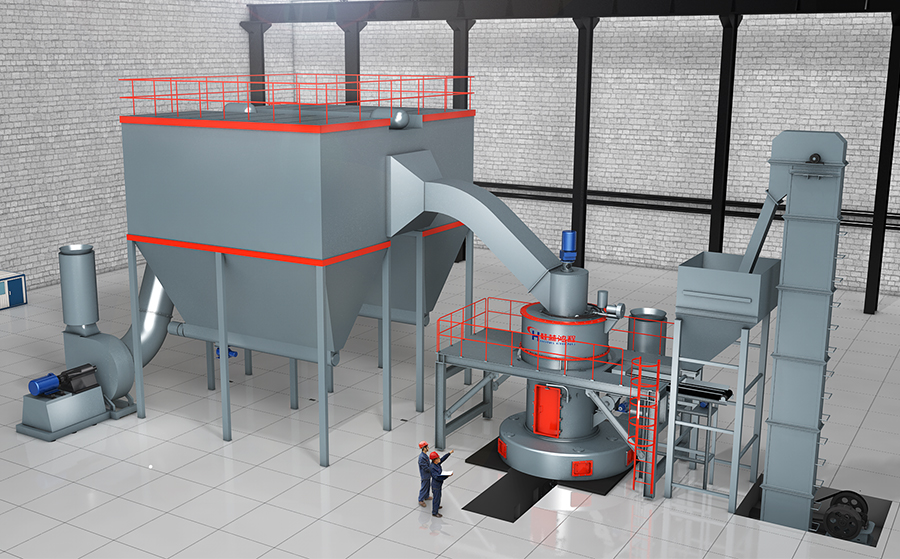
Analysis of HC series grinding mill
Advantages of HC series grinding mill in petroleum coke pulverizing
1. Vertical pendulum structure: high grinding pressure and high output, which is 30% higher than that of the pendulum mill with ordinary structure. The output is more than 200% higher than that of impact mill.
2. High grading accuracy: The product fineness generally requires 200 mesh (D90), and if it is higher, it will reach 200 mesh (D99).
3. The mill system has low noise, small vibration and high environmental protection performance.
4. Low maintenance rate, convenient maintenance and low labor cost.
5. According to the process requirements, the mill system can pass hot air of 300°C to realize the integrated production of drying and grinding (the case of Three Gorges Building Materials).
Remarks: At present, the market share of HC1300 and HC1700 pulverizers in the field of petroleum coke milling is over 90%.
Classic case of petroleum coke milling
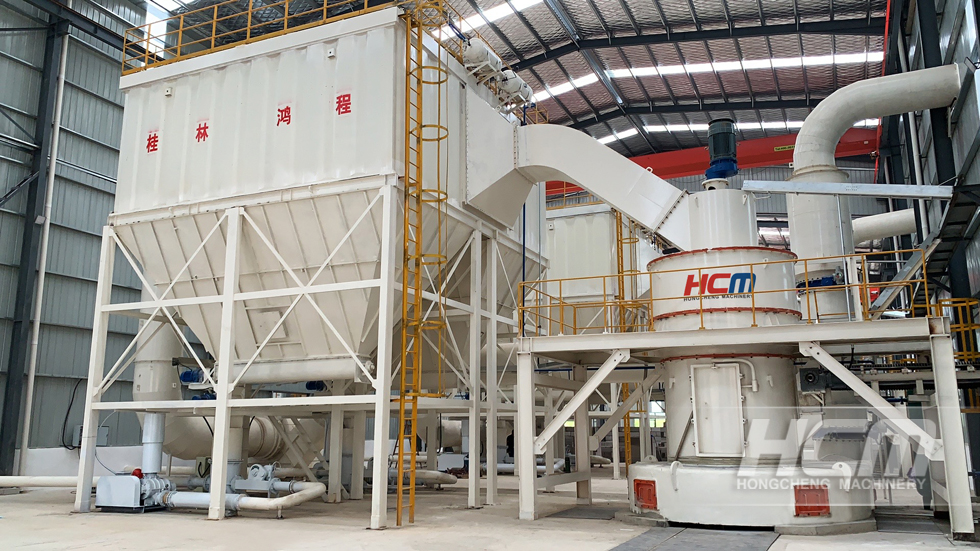
Model: 3 sets of HC2000 production lines
Processing raw materials: projectile coke, sponge coke
Finished fineness: 200 mesh D95
Equipment output: 14-20t/h
The customer of this project has inspected the equipment selection of petroleum coke grinding mill many times, comprehensively compared several grinding mill manufacturers, and successively purchased several Guilin Hongcheng HC1700 grinding mill and HC2000 grinding mill, and has been working with Guilin Hongcheng for many years cooperation. In recent years, a number of new glass production lines have been built. According to the needs of the owner, Guilin Hongcheng has sent engineers to visit the customer site many times. The petroleum coke pulverizing production line designed by Hongcheng has stable operation, high output, low energy consumption, and less dust pollution in the pulverizing workshop.
About us
HCM Grinding Mill,Raymond Grinding Mill, Vertical Grinding Mill, Ultrafine Grinding Mill.
Grinding Machine
latest Post
-
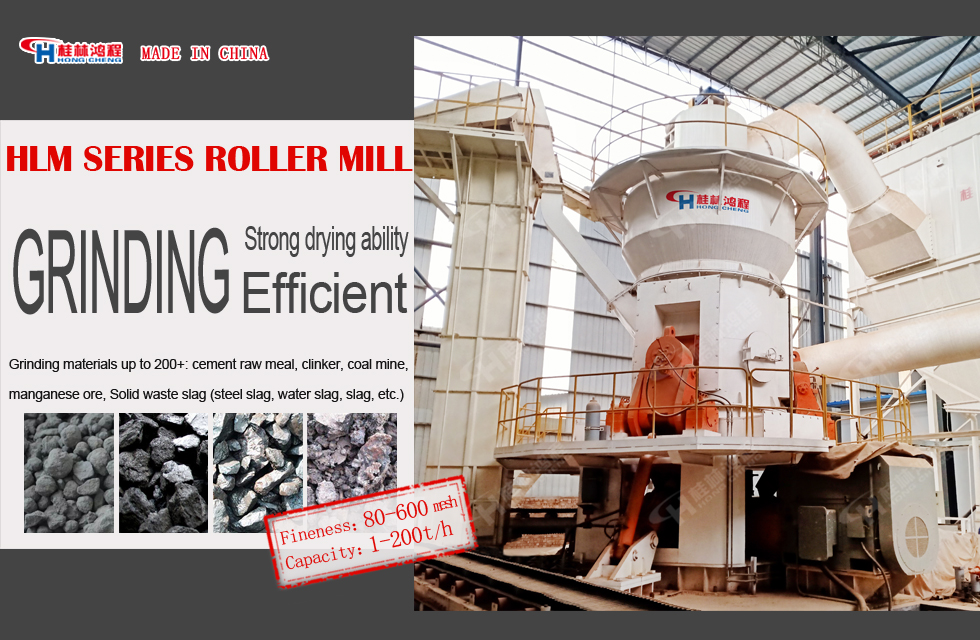
Application prospect of vertical pulverizer for solid waste treatment under the green development
2023-02-04 17:26
-
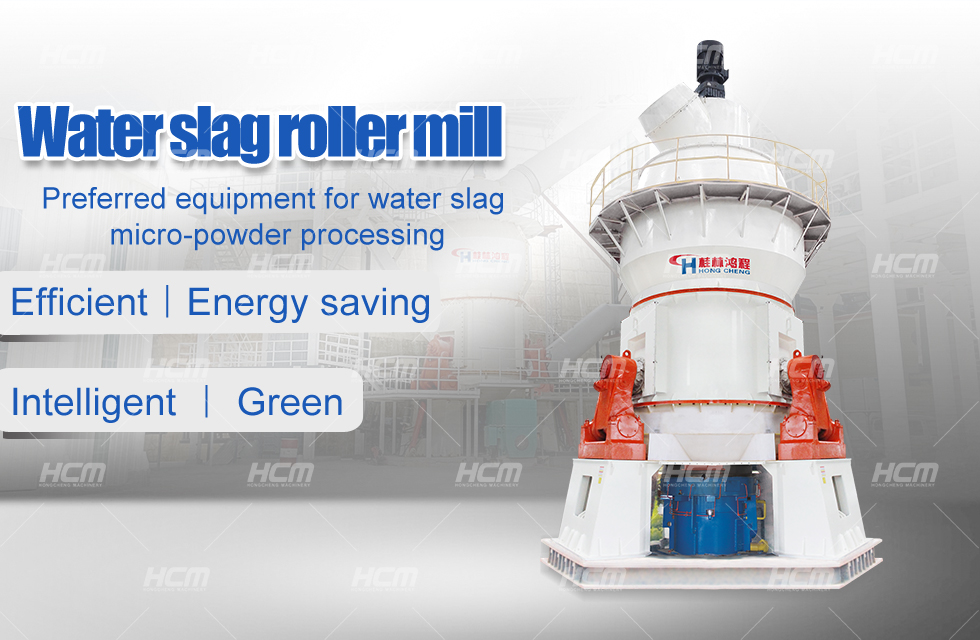
Superfine water slag powder instead of cement to make high value-added building materials
2023-02-04 16:48
-
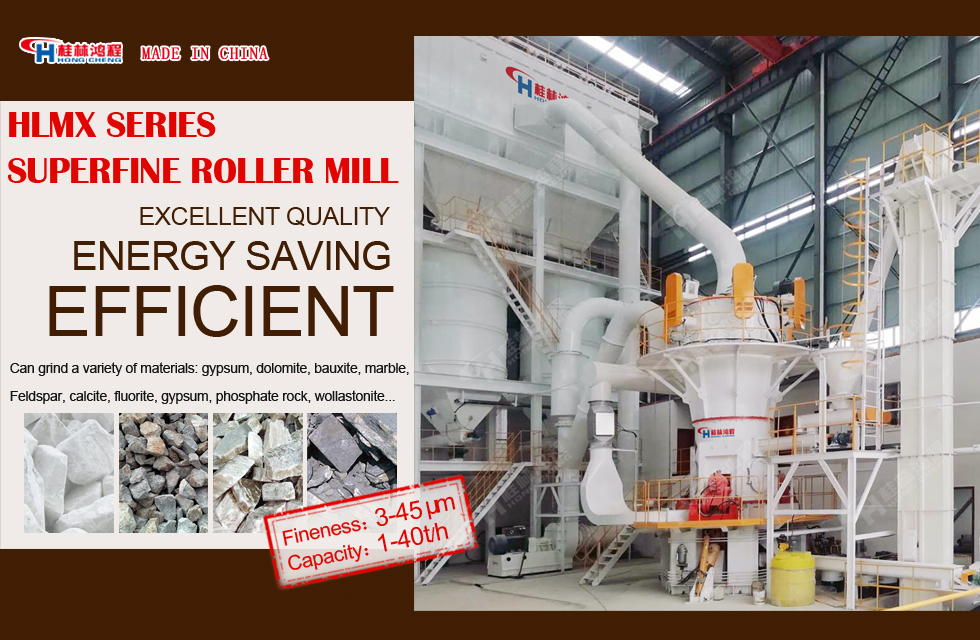
The white paper on the development of China's anode material industry (2023) has been released
2023-02-03 17:13
-
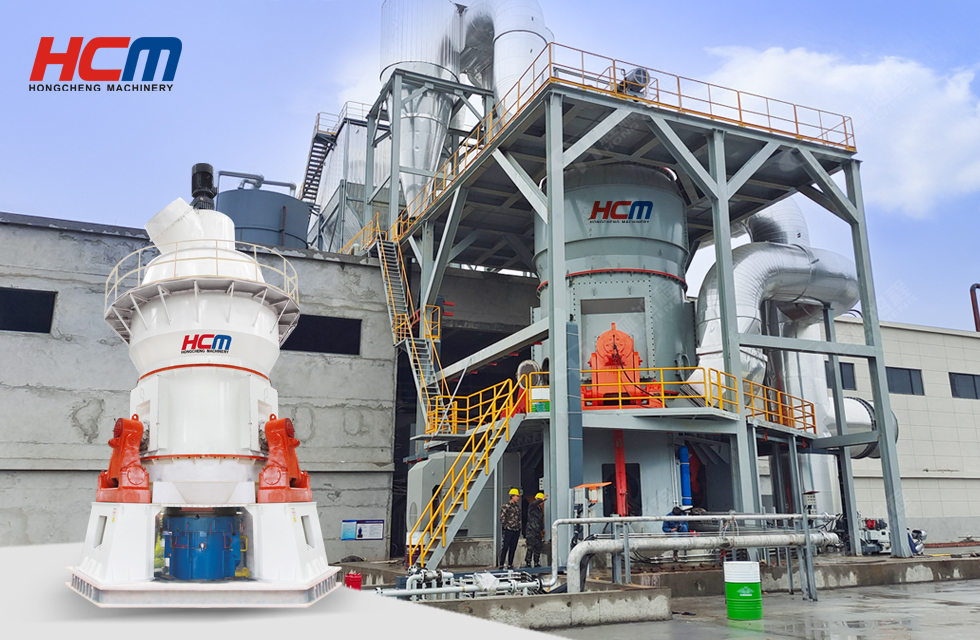
Guilin Hongcheng works with you to protect the green future
2022-05-13 15:43
-
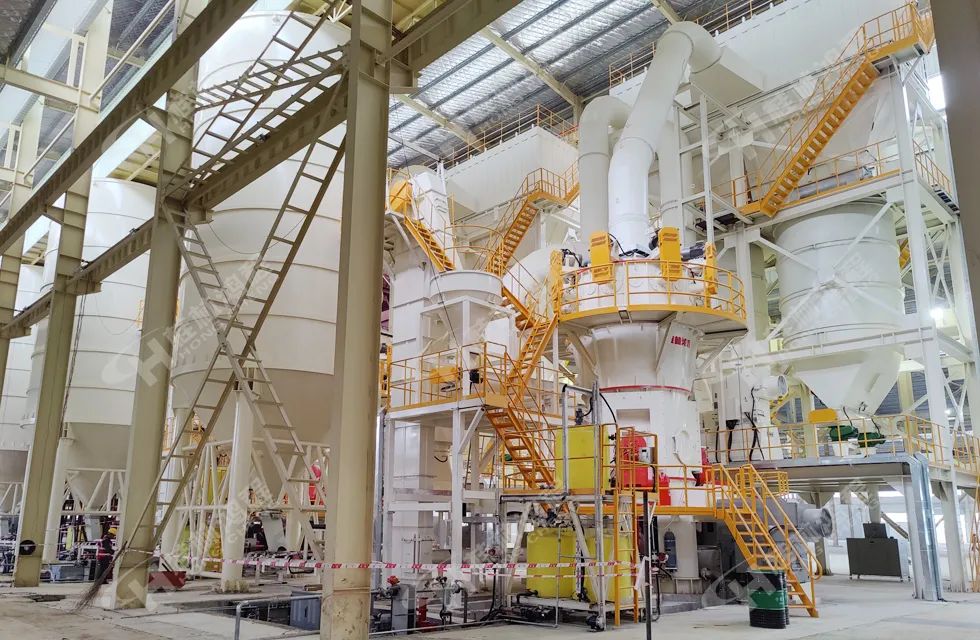
HLMX1700 Superfine Roller mill case-High-end calcium carbonate powder project with an annual output
2022-04-01 13:52
-
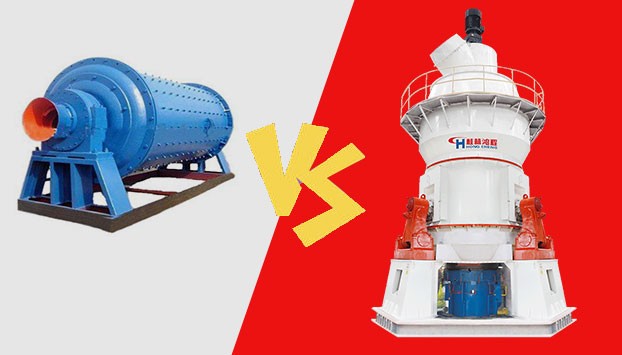
Comparison of advantages and disadvantages of ball mill and vertical mill
2022-01-20 15:33
-
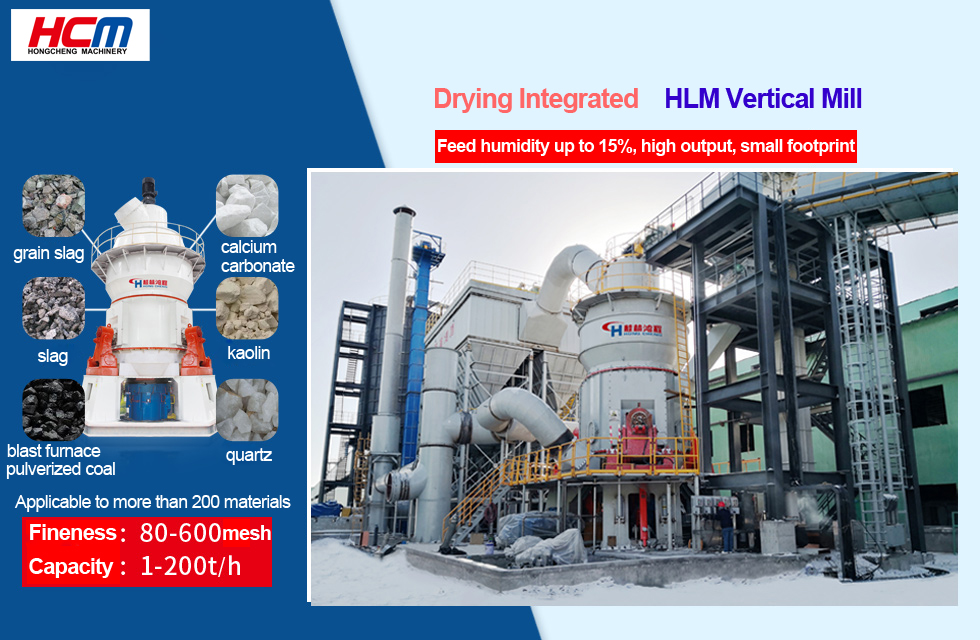
The optimal reuse of construction waste resources has become a hot project
2022-01-20 13:47
-
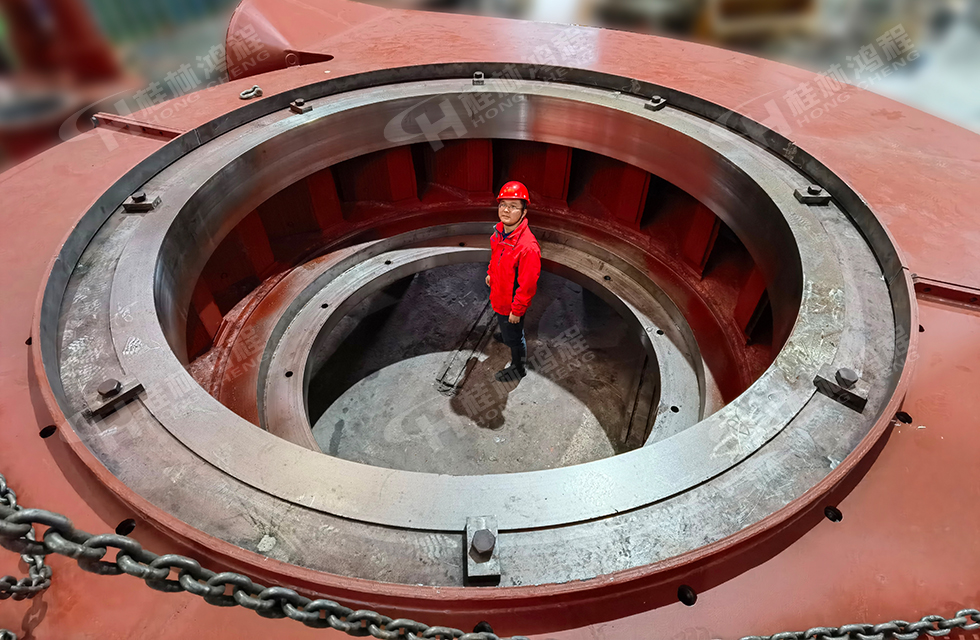
Super large Raymond mill
2021-12-23 14:27
-

Guilin Hongcheng invites you to follow Bauma China 2020
2020-11-02 16:09
-
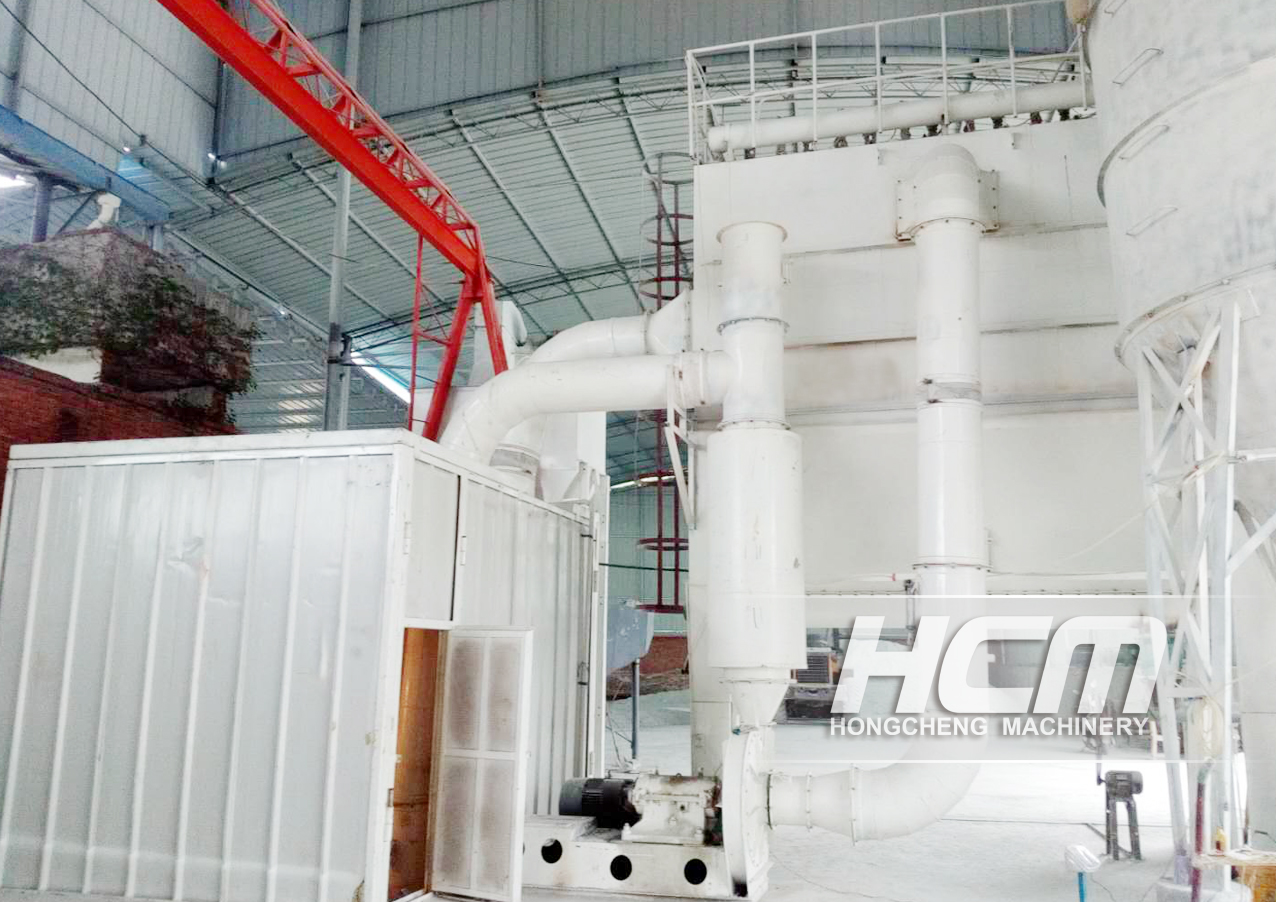
Let’s to learn about the grinding mill manufacturer - Guilin Hongcheng
2020-09-07 15:07
